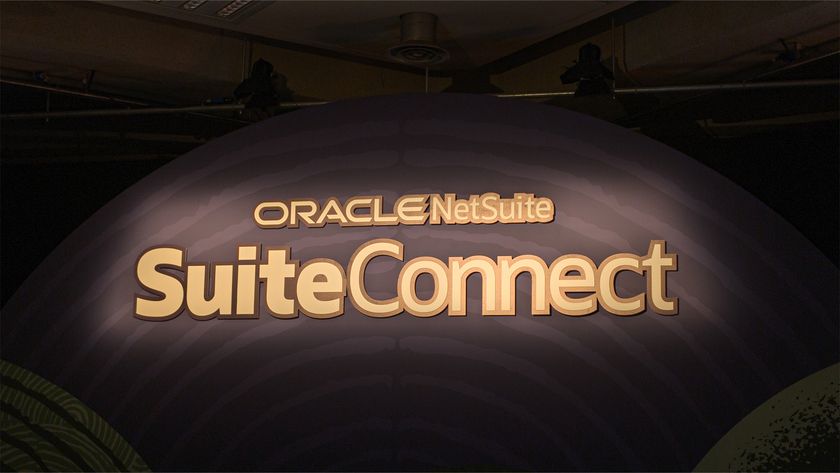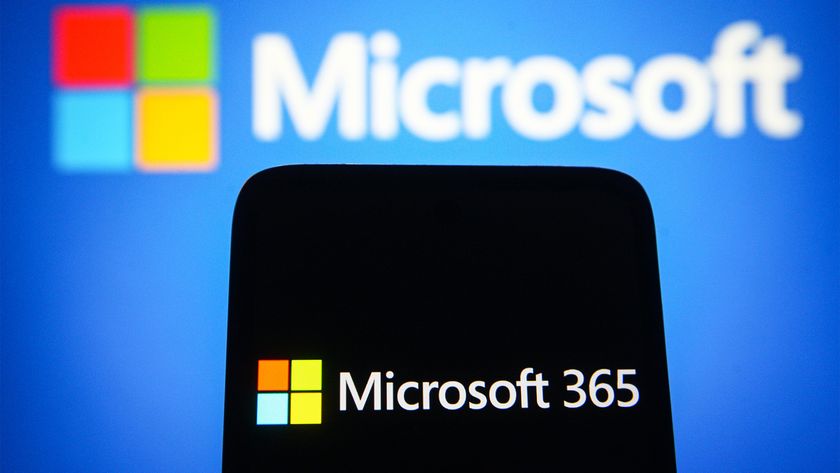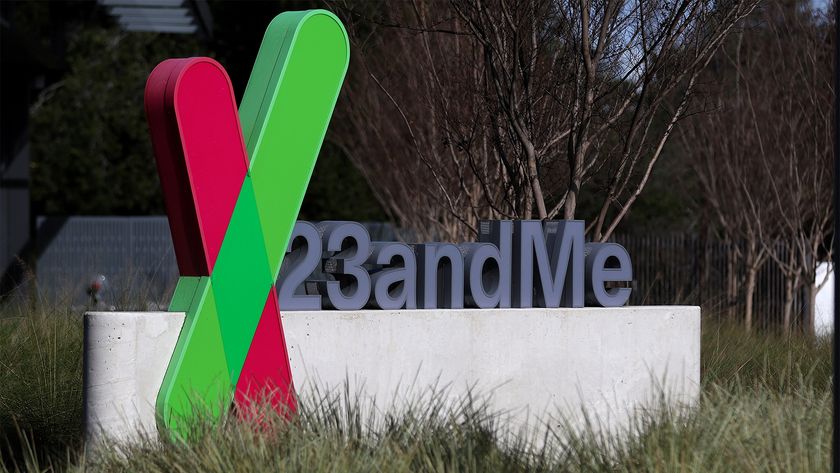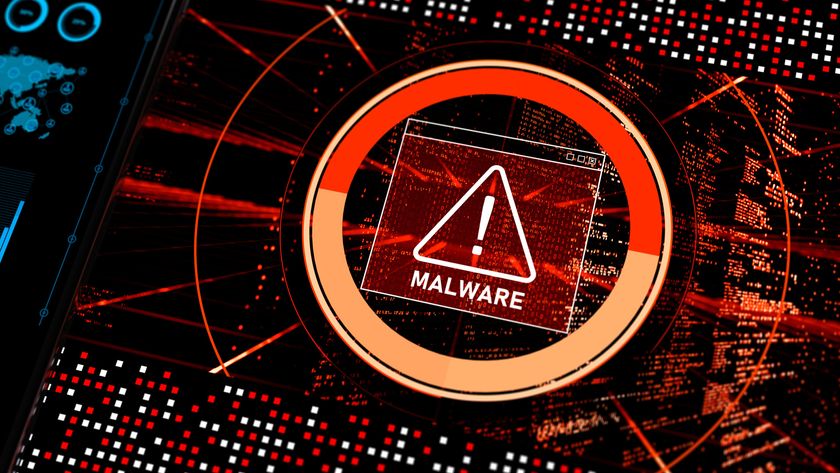Microsoft Lync 2013 review: First look
Lync 2013 improves on all the fundamentals and provides better resiliency, reliability and as well as the option to carry out conference calls on the move.
Lync 2013 Architecture Updates
Lync 2013's architecture is complex. Those new to Lync have a bit of a learning curve, but existing users will be delighted with the upgrades.
- All Lync roles can be virtualised, a feature long overdue.
- Users no longer need to run a separate server and separate SQL instance for monitoring and reporting those roles can be co-located on the front end servers. And the gateway to mediation server mapping is now N:M any gateway can, in theory, talk to any gateway.
- The ability to scale out individual sub-roles, partly removed at Lync 2010 is now gone. So you can no longer have a separate pool of A/V conferencing servers or Edge Servers
- SQL clustering is no longer supported. Instead, you use SQL Server mirroring to support disaster recovery and high availability.
- The topology builder tool is much enhanced and is now the key (read ONLY) way to define the topology. It also has been enhanced with more validation to ensure you can't deploy a solution.
- Support for Extensible Messaging and Presence Protocol (XMPP) an open-standard communications protocol has been built in, along with IPv6 support and Archiving via Exchange.
- With Lync 2013, you can run a hybrid mode splitting users between the cloud (Office 365) and on-premise environments.
Lync 2013 still has a need for a reverse proxy solution as part of the Edge (i.e. DMZ). Without the reverse proxy, a number of Lync use scenarios simply do not work. Sadly, on the day this review was written, Microsoft announced they're dropping the Forefront TMG product most Lync fans would have recommended for this role. And since there is no reverse proxy feature in Lync itself, you will need to have a 3rd party tool, such as Squid.
Overall
Microsoft Lync 2013 is shaping up to be the best edition to date. The client improves key areas such as mobile apps, interface and the back-end.
If you are new to the client and considering implementing Lync, you will almost certainly need training. Microsoft and other training firms will shortly be able to re-deliver the Lync Ignite training. There will also be updated Microsoft Official Curriculum courses and the good news is that they are being written by the product team.
Verdict
Lync 2013 is better than the earlier versions in virtually every way – a new rich client, a simplified architecture, better reliability and fault tolerance and with more immersive and compelling features. Pricing is TBC, but should be similar to Lync 2010 subscription model, making this a must have for large enterprises.
Front end servers: Minimum 2 cpu sockets (8-24 CPU core total) Xeon 5500 series or AMD Opteron 6100(2GHx or higher) 16-GB ram 8 or more SATA or SAS 10k disks SQL Servers - Similar specs to the Front End Director servers -Similar specs to the Front End, but with 8GB Ram OS has to be Windows Server 2008 R2 SP1 (currently Server 2012 is not supported although that may change by RTM). Additionally there are a large number of pre-requisite software packages are required, including Windows Identity Foundation and PowerShell V3, .NET 4.5. And for all front end servers, you’ll also need Windows Desktop Experience installed.
Get the ITPro. daily newsletter
Sign up today and you will receive a free copy of our Focus Report 2025 - the leading guidance on AI, cybersecurity and other IT challenges as per 700+ senior executives















